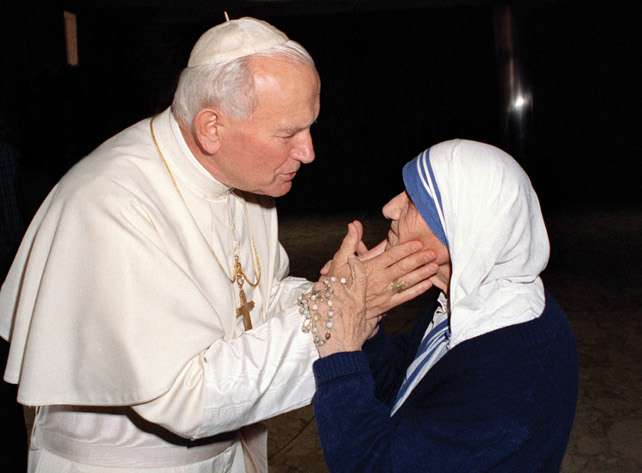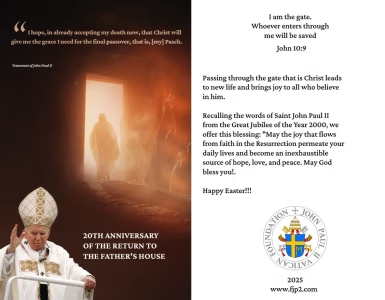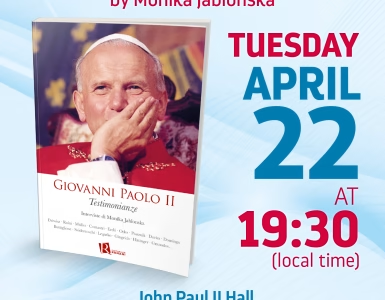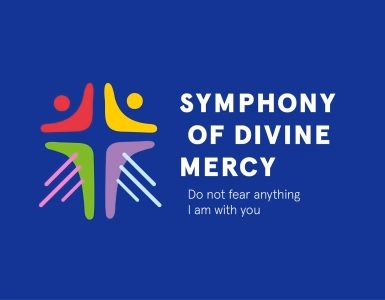Mother Teresa was in a sense a mirror image of the Holy Father. Her mission was the embodiment of the main intentions of Karol Wojtyła’s pontificate, such as defending life and family, protecting human rights, especially the poorest, promoting the dignity of women. When Mother Teresa received the Nobel Peace Prize, which she accepted “on behalf of unborn children,” the Pope asked her to become an “ambassador” of life in the world. “May the Mother go and carry this news everywhere. May the Mother speak on my behalf where I cannot reach.”
At first, Mother Teresa had some concerns. She claimed that the mission entrusted to her by the Pope is above her strength. In a short time, however, she extracted all the “energy” and became a true apostle of life. She traveled the world proclaiming the dignity of the human person, defending life from conception to the hour of death. The Holy Father was grateful to her for her commitment and for the courage with which she fulfilled this task.
One day, in the summer of 1982, she appeared unexpectedly in Castel Gandolfo. She wanted to receive a blessing from John Paul II for a trip to Lebanon. I took her to the Holy Father, who had just meeting a group of young people. He asked her to sit down next to him and explained to the young that the Mother was going to a country torn by civil war. Leaving, Mother Teresa took with her a candle with the image of our Lady. When she arrived in Beirut, she obtained a ceasefire until the candle was completely burned out. This saved about seventy disabled children, almost all of whom were Muslim children.
With the consent of Cardinal Stanisław Dziwisz – “Testimony”.
TBA marketing communication Publishing House. Warsaw 2007





